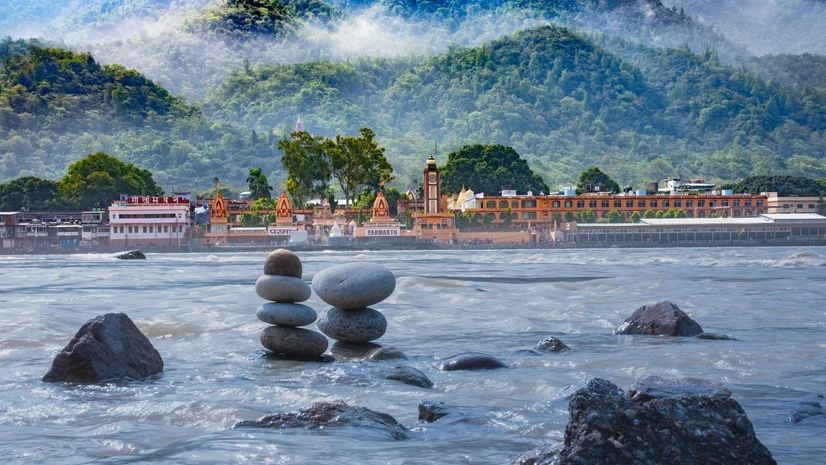The ongoing conflict between environmental preservation and urban development has become even more pressing amid the climate crisis. Recent heavy monsoon rains have led to alarming floods in cities, revealing the severe consequences of urban encroachment on rivers. These incidents underscore the urgent need for sustainable practices to protect our natural water bodies while balancing urban growth. As the dialogue shifts from hopeful aspirations to cautionary tales, it’s clear that immediate action is required to save our rivers and restore ecological balance. The growing frequency of such disasters serves as a stark reminder of the critical relationship between human activities and environmental health.
Title: Rising Floods in Indian Cities: A Call to Action for Environmental Preservation
In recent months, India has witnessed a troubling trend: increased flooding as monsoon rains hit urban areas hard. The intersection of urban development and environmental preservation has never been more critical. Recent events challenge us to rethink our relationship with nature.
As cities expand, many rivers are being encroached upon, leading to devastating consequences. The recent floods not only caused chaos in everyday lives but also raised pressing questions about how urban planning impacts the environment. What happens to our rivers when we prioritize concrete over ecology? The answer is clear—urban floods are a direct consequence of disregarding nature’s balance.
While discussions around these issues have become more prevalent, it’s essential to move beyond dialogue and toward actionable solutions. The Namami Gange mission, aimed at cleaning and rejuvenating the Ganga river, serves as a beacon of hope and a reminder of the collaborative efforts needed between communities, governments, and environmentalists.
As we reflect on the past monsoon season’s events, it’s crucial to prioritize sustainable urban planning and river conservation to prevent further calamities. The fight against climate change demands immediate action now more than ever.
Credit: X/ @cleanganganmcg
Last Updated: Sep 19, 2024 | 12:14 AM IST
Disclaimer: These are personal views of the writer. They do not necessarily reflect the opinion of www.business-standard.com or the Business Standard newspaper.
Tags: Flooding, Urban Development, Environmental Preservation, India, Namami Gange, Climate Crisis, River Conservation
-
What does restoring river ecosystems mean?
Restoring river ecosystems means bringing back the health of rivers and the plants and animals that live in and around them. This can include cleaning pollution, restoring habitats, and improving water flow. -
Why are river ecosystems important for the economy?
Healthy river ecosystems support fishing, tourism, and agriculture. They provide clean water and resources, which are essential for many jobs and help keep communities thriving. -
How does river restoration help people?
River restoration can improve the quality of water, making it safer for drinking and irrigation. It can also boost local economies by attracting tourists and providing jobs related to fishing and outdoor activities. -
What can individuals do to help restore rivers?
Individuals can help by reducing plastic use, participating in clean-up events, and supporting policies that protect rivers. Spread awareness about the importance of healthy rivers to encourage others to care. - Are there successful examples of river restoration in India?
Yes, there are successful projects in places like the Ganga and Yamuna rivers where communities and organizations have worked together to improve water quality and restore habitats, leading to better economic stability and health.
)





